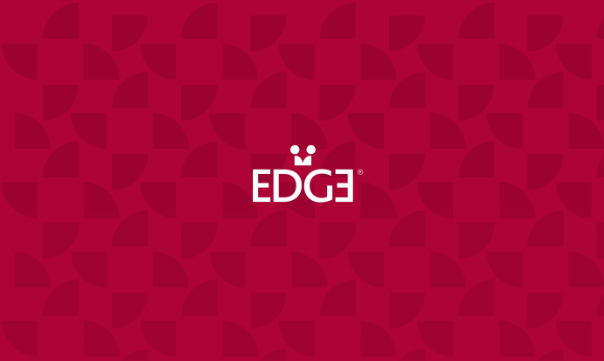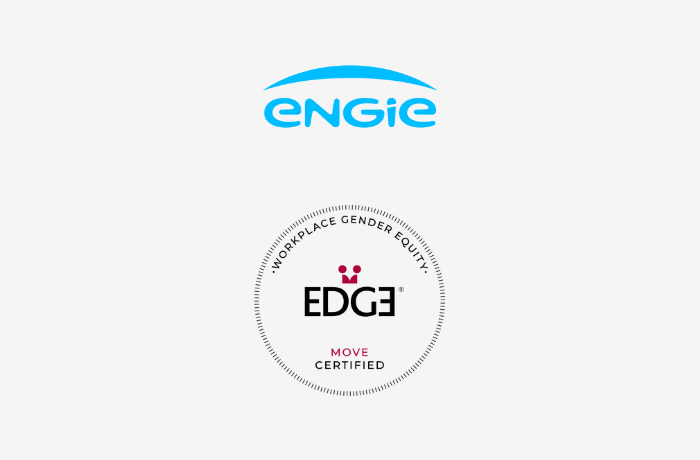Listen to the article: This article also comes with an audio file, located at the bottom of the page
Global organizations are actively pursuing their Diversity, Equity & Inclusion (DE&I) strategies in the positive desire of bringing about transformational change. But as a business leader, how do you really know that your DE&I strategies are working and how can you tell they are having the impact you desire?
The answer is to consider four key stakeholders:
- Your leadership team
- Your employees
- Their line managers
- Your HR professionals
Senior Leadership Team
You know that your DE&I strategy is working when:
- Your senior leadership team is capable of very clearly articulating why DE&I is important for your organization, and not simply repeating the generic case for investing in DE&I that they may have read in a business magazine. They are able to describe why the organization is investing in DE&I within the specific context of the business you are in, the talents you need to succeed and the clients you serve, and given the contextual opportunities and challenges ahead.
- Members of the team share personal motivations and devote real energy for supporting DE&I in the organization. Some want to leave behind a legacy; some, for example, may have personal experience they been through and don’t want to see history repeated with others. Expressing their emotions and personal journeys is a sign that your DE&I strategy is working.
- The team is clear in a very specific way about where the organization stands right now and where it wants to go, and is well aware and supportive of the main programmes the organization is currently running to get to where it wants to be.
- Your senior team members are offering their own time, their experience and energy to be sponsors and mentors for diverse talent and are being mentees of diverse talent in reverse mentoring programmes. They are not only ready to share their own experiences and their support of others but are open to listen to others (who are very different to them and at a very different stage in their careers) about the challenges they face and the issues they are grappling with to build their careers.
- Your leaders engage, are present and contribute to DE&I-related internal and external conversations and events for the whole duration and are not just there for the opening speech.
- Your leadership includes a focus on DE&I progress at all important stakeholder briefings alongside all other critical areas of organizational sustainability, and the importance of DE&I is shared as one of the topics that delivers shareholder value.
- The performance of your leadership team is in part measured by their progress towards delivering the DE&I strategy, and they are held accountable for it.
Employees
You know that your DE&I strategy is working when:
- All employees, no matter their gender, gender identity, sexual orientation, race, ethnicity, nationality, working with a disability status or age, believe that diverse talent is given a fair opportunity to be hired, remunerated fairly, and given an equal opportunity for career advancement. They feel included in the decision-making process within their own groups and the wider organization.
- Employees feel that they can have a very transparent conversation around pay equity and it is easy and natural for them to ask for a pay equity review without fearing negative consequences. Similarly, when they know what they need to do if they experience any concerns regarding harassment or discrimination and not only feel comfortable about reporting it, but feel confident that appropriate action will be taken to address those concerns.
The commitment of senior leadership team is recognized by their employees. In our work we often find that HR teams usually state that their leadership teams are committed to DE&I, but when employees are asked the same question, there is a sizeable gap. It’s not necessarily that they are not authentic. It might be there, but it’s behind closed doors and therefore not seen by the employees.
- Employees would highly recommend their organization as a place to work to their friends with diverse backgrounds and identities.
- Your organization is able to attract, develop, motivate and retain a diverse pool of talent.
Line Managers
You know that your DE&I strategy is working when:
- Your line managers are knowledgeable and comfortable to have DE&I conversations with the team; knowledgeable and comfortable about pay equity; knowledgeable and comfortable about the processes to follow if any concerns are raised; and they show support for career advancement of diverse talent
- Your line managers know what inclusive behaviour looks like, they model it, and act when non-inclusive behaviours are being portrayed. We speak a great deal about what doesn’t work, for example what is bias and discrimination? We speak too little, perhaps, about what inclusivity should look like, what it means to show respect and dignity to people who are different from you.
- Your managers recognize the value that DE&I brings to the organization and DE&I indicators are included in their own Key Performance Indicators.
HR professionals
You know that your DE&I strategy is working when:
- There is deep and rich pipeline of diverse talent across different levels of responsibility and roles and there are colleagues in counter-stereotypical roles and careers.
- It is transforming the culture to become more inclusive and the numbers are increasing to evidence it’s becoming more diverse.
- There is good alignment between your intention as an organization, the workplace experience of your employees and the impact of your programmes.
- Your DE&I results stand the scrutiny of impartial third-party verification and are made visible and credible through an independent certification.



